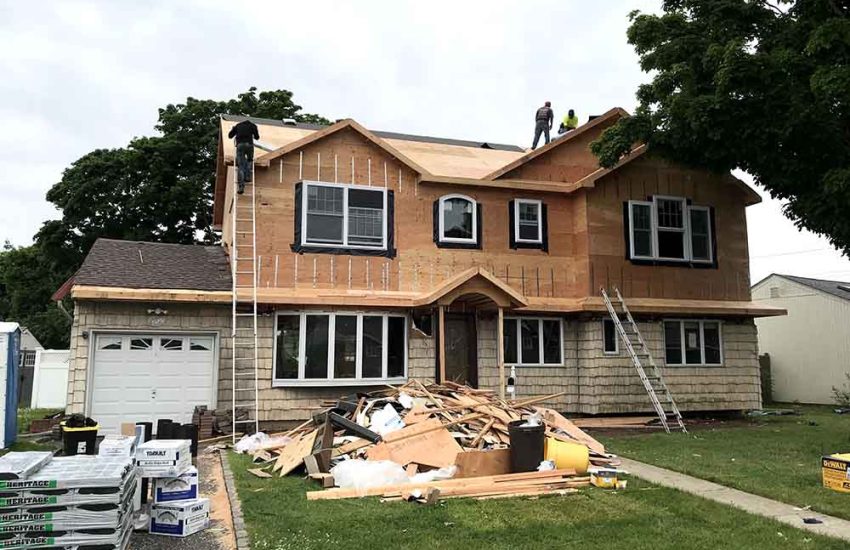Power up at home – Guide to installing your EV charger
You’ve made the switch to an electric vehicle and are excited to charge up while parked in your driveway. Installing a convenient at-home EV charger lets you fuel your green machine without wasting time at public charging stations. Ready to power up your property with an EV charger suited to your needs?
Where to start?
The first decision is choosing a level based on your vehicle, budget, charging needs, and electrical system capacity. Level 1 provides 2-5 miles of range per hour using a standard 120V outlet. Level 2 offers 10-20 miles per hour through a dedicated 240V outlet. Some households opt for the fastest Level 2, 6.6 kW chargers, but your EV likely only needs 16-20 amps. An electrician assesses your home’s electrical panel and determines the optimal amperage rating.
Next, pick which style fits best: a wall-mounted unit, standalone post, or EVSE cord set. Wall mounts offer a built-in, permanent solution. Free-standing posts allow flexibility if you move or acquire another EV. Cord sets enable you to attach the charging head to an existing outlet. Prices range widely from $200-$1000 or more depending on features. Tax credits and local utility rebates help offset costs by 30% or more.
Home electrical capacity and permits
Installing most Level 2 chargers requires having your main electrical panel inspected and adding a dedicated circuit with a proper amperage rating for EV needs. Unless you’re already due for an electrical upgrade, this usually doesn’t mean completely replacing your panel. Building codes require permits for electrical improvements, including install an EV home charger. An experienced, licensed electrician applies for permits with the local building department and schedules necessary inspections once work is complete. Reputable electricians ensure full compliance with local codes.
Installation steps and timeline
The installation process takes 2-3 days with an experienced electrician. After selecting your preferred charger model and location, the basic steps usually proceed as:
Day 1
- Electrician visits to examine electrical panel capacity, plan circuitry, and verify no interference from gas lines or HVAC systems.
- Applies for a permit if necessary.
Day 2
- Returns to trench power cable lines (conduit may be required), add new breaker panel, and mount the charger unit.
- Secures inspector approval on electrical work.
Day 3
- Confirms safe functionality, programs any specialty settings, and explains the general operation.
- Provides documentation like warranty, operating manual, and electrical certificate.
Ongoing charger care
Today’s EV chargers are built to withstand outdoor elements including heat, cold, moisture, and sunlight. However, periodic cleaning is a good practice. Gently wipe down the exterior with a damp cloth using mild soap if needed. Check that vents aren’t clogged so airflow prevents interior overheating. Inspect the cord and plug for wear or damage periodically. Also, confirm the lights display proper charging indicators.
Conclusion
Installing a personal EV charger lets you conveniently and cost-effectively power your daily commuting from home. Now that you know the basics, it’s time to choose equipment and get set up with an electrician. Soon you’ll be fully charged and ready to hit the road while saving money and the planet.



